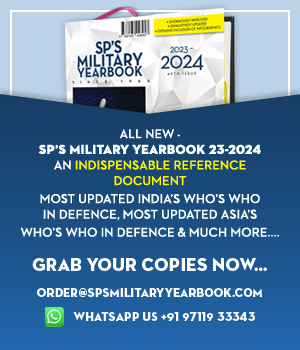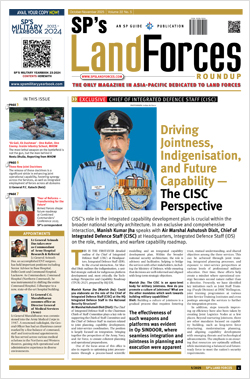INDIAN ARMED FORCES CHIEFS ON OUR RELENTLESS AND FOCUSED PUBLISHING EFFORTS
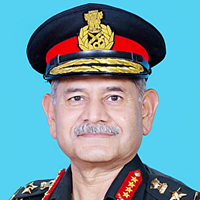
The insightful articles, inspiring narrations and analytical perspectives presented by the Editorial Team, establish an alluring connect with the reader. My compliments and best wishes to SP Guide Publications.
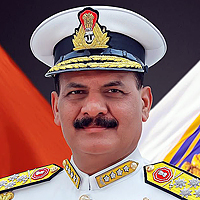
"Over the past 60 years, the growth of SP Guide Publications has mirrored the rising stature of Indian Navy. Its well-researched and informative magazines on Defence and Aerospace sector have served to shape an educated opinion of our military personnel, policy makers and the public alike. I wish SP's Publication team continued success, fair winds and following seas in all future endeavour!"

Since, its inception in 1964, SP Guide Publications has consistently demonstrated commitment to high-quality journalism in the aerospace and defence sectors, earning a well-deserved reputation as Asia's largest media house in this domain. I wish SP Guide Publications continued success in its pursuit of excellence.
- India's Operation Sindoor Sends a Clear Message to Terror and the World – ZERO TOLERANCE
- Japan and India set forth a defence cooperation consultancy framework, talks on tank and jet engines
- Lt General Pratik Sharma takes over Command of Indian Army's Northern Command
- Major General Lisamma P.V. assumes the appointment of ADG, MNS
- Uzbekistan's progressive transformation is a bright spot in Central Asia; boosts cultural ties with India
- Terrorist Attack in Pahalgam in Kashmir: Unfolding a long surgical war against PAK
Tri Services Academia Technology Symposium (T-SATS) Concludes with Strategic Vision for Future-Ready Indian Academia Defence Ecosystem
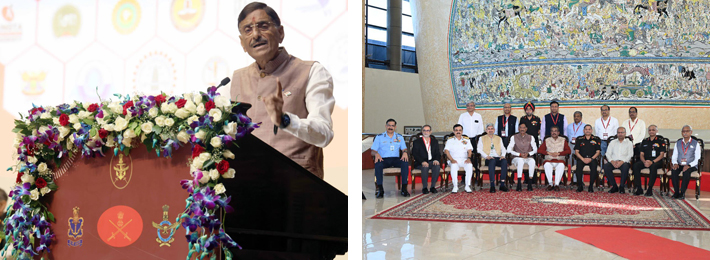
The maiden Tri Services Academia Tech Symposium (T-SATS), a landmark two-day initiative aimed at synergising the Services-Academia R&D ecosystem, concluded on September 23, 2025 at the Manekshaw Centre, New Delhi. Dharmendra Pradhan, Minister of Education presided over the closing ceremony which was attended by Sanjay Seth, Minister of State for Defence and General Upendra Dwivedi, Chief of the Army Staff. The symposium brought together top minds from the armed forces, academia and research institutions to accelerate indigenous defence research and innovation. It provided an opportunity to academia, especially scholars and innovators to present their research studies and innovations, and identify their possible military use cases.
Dharmendra Pradhan, the Chief Guest on the second day, appreciated the R&D Exhibition showcasing the high-potential of academia in defence related innovations. He felicitated select project proposals and exhibits and also announced ten promising project proposals which will be taken up for R&D.
Delivering the keynote address, Dharmendra Pradhan lauded the Armed Forces for placing their trust in India's youth and academia, noting that this partnership is transforming research into real defence applications. He highlighted India's rapid rise in global innovation rankings, the expansion of universities in international listings, and the doubling of research expenditure as indicators of growing national capability. He underlined India's shift from defence imports to exports, with achievements like Operation Sindoor, the success of DRDO and ISRO showcasing the power of indigenous innovation. He called for academia, industry, and the Armed Forces to continue this collaboration as an annual mechanism for national strength and self-reliance.
In his address, Minister of State for Defence Sanjay Seth highlighted that the Tri-Services Academia Tech Symposium has underscored the immense potential of our scientific talent to develop technologies for the operational needs of the Armed Forces. Emphasising that 2025 has been declared as the Year of Reforms, he outlined initiatives to modernise the forces through AI, cyber, robotics, hypersonics, and space technologies, alongside simplified procurement and strengthened Integrated Theatre Commands. Showcasing success stories like Operation Sindoor and the iDEX programme, he noted India's rapid growth in defence production, with MSMEs and start-ups playing a crucial role. He called upon academia, industry, and the Armed Forces to translate discussions into bold actions, making India future-ready and globally recognised for strength, progress, and self-reliance.
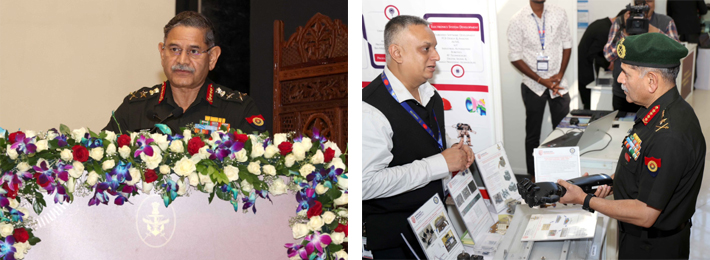
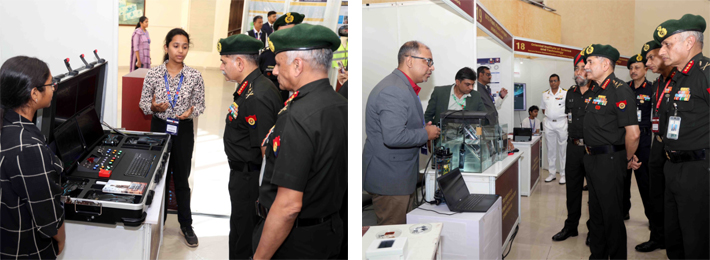
Chief of the Army Staff, General Upendra Dwivedi, in his address, emphasised the need to invest in niche technologies, highlighting the untapped potential of academia - military collaboration. He noted the overwhelming response to the newly launched portal (www.tsats.org.in), with nearly 450 proposals received, of which 40 per cent were shortlisted for one-on-one guidance with subject matter experts from the three services. Stressing the importance of mission-driven research, he underlined the creation of technology clusters, internship programs, and defence incubation cells to nurture innovation, including from tier-2 and tier-3 institutions.
The second day of the event featured a Panel Discussion on "Building Future Defence Technology Ecosystem and Technologies", moderated by the Additional Director General, Army Design Bureau. The discussion highlighted challenges in the existing R&D process and procedures. It explored mechanisms to establish a structured, outcome-driven partnership between academia and the armed forces, to develop niche technologies and customise dual-use technologies for defence applications, in the fastest possible timeframe.
Compendium of Technological Challenges (CTC) of the three Services were also released by the Minister of Education. Requirements of futuristic technology/ equipment having futuristic military application are enunciated in the CTCs. Responses are invited from Defence Innovation Ecosystem and selected responses will be reviewed by High Powered Selection Committees and would be taken up as projects through appropriate R&D Schemes.
The symposium has laid a strong foundation for sustained academia - defence collaboration, ensuring that innovation translates into tangible operational capabilities. It stands as a milestone event that will continue to yield transformative outcomes for national security and self-reliance in the years ahead.




